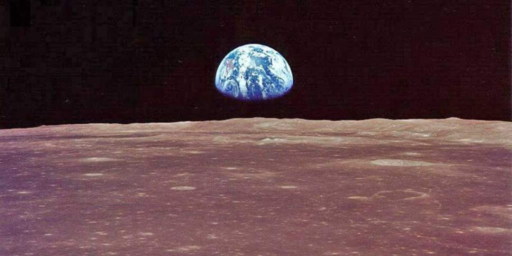Mount Everest Not Highest Point on Earth?
Jeopardy phenom Ken Jennings contends Mount Everest isn't really Earth's highest peak.
Jeopardy phenom Ken Jennings contends Mount Everest isn’t really Earth’s highest peak.
If there’s one thing everyone knows about mountains—and given the state of geography education today, that may be a pretty accurate estimate—it’s that Mount Everest, in the Himalayas, is the Earth’s highest point. But what if it wasn’t? What if Everest, with its famous 29,029-foot peak, was actually dwarfed by a mountain you’ve probably never even heard of, an Ecuadorian volcano called Chimborazo?
[…]
Chimborazo tops out at 20,702 feet, almost two miles lower than Everest. But that’s only compared to sea level. If we take the equatorial bulge into account—in other words, if we measure what peak isfarthest from the center of the Earth—Chimborazo sticks more than 7,000 feet farther into space than any of the Himalayas do, since they’re located thousands of miles north of the Equator. So, to quote Obi-Wan Kenobi, “what I told you was true—from a certain point of view.”
Hawaiians are quick to point out that Mauna Kea, the volcano that forms the peak of the state’s big island, is also taller than Everest—if you measure from its base. Everest only rises about 13,000 feet above its base, less than half of Mauna Kea’s 33,000-foot rise. The problem, of course, is that the Hawaiian mountain’s “base camp” sleeps with the fishes at the bottom of the Pacific Ocean. Give Mauna Kea a fair start by moving it to the Himalayas, and it would be by far the highest peak on Earth.
While interesting cocktail party chatter, though, “Earth’s highest point” has an agreed-upon definition: distance above sea level. While somewhat artificial, it’s a definition that has some meaning to humans, whereas distance from the center of the planet is not.






Even the actual height of Everest keeps changing.
I think I’ve heard the Chimborazo factoid before.
Pluto is still a planet as well.
Somewhat related sidenote: For those of you on twitter, Ken Jennings has one of the funniest twitter feeds around. (@KenJennings)
What’s next: OJ was innocent?
In addition to being a definition most people can grasp, “above sea level” also gives some idea of the conditions at the peak, and therefore how difficult it would be for a human to climb. By that, yeah, Mauna Kea’s 33,000-ft measure means precious little, though I’m not clear on how that would compare to Chimborazo – does the amosphere “bulge” at the equator as well? Are the conditions at the peaks of Everest and Chimborazo similar?
This is also related to most folks’ belief that Earth is a sphere.
Chimborazo has an additional claim in that, were God tossing Earth around like a baseball, it would probably be the pointiest bit, which would nick His thumb.
@Vast Variety: I think it was Larry O’Donnell who oberved that while Pluto may not be a planet, they’ve announced finding a fifth moon, and on that moon, Mitt Romney probably has an account.
I think we’re making a mountain out of a molehill.
We Understand…
http://exclamationmark.files.wordpress.com/2006/08/the_mole_people1.jpg
Even that needs a definition. Geometrical center (meaning, the center of the smallest sphere that encapsulates the Earth) or the center of mass?
I agree that Pluto is currently misclassified, but not for the same reason. It should be considered a binary dwarf planet along with its companion Charon.